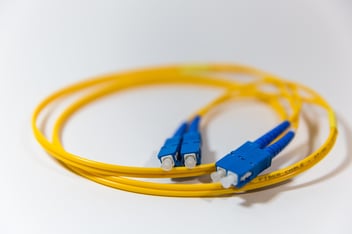Melbourne Water harnesses eDNA technology to rescue platypus population

Melbourne Water has a plan to help save Melbourne’s declining platypus population with the help of the latest advances in DNA technology.
Environmental DNA, or eDNA, is a new method of detecting all types of species in a local environment. It works by testing and analysing water, air, and soil collected from waterways for the presence of generic material to help understand plants and animals.
Manager of Melbourne Waters Waterways & Wetlands Research Dr Rhys Coleman says platypus shed DNA such as faeces, urine, and mucus naturally. This breaks down into the water environment and can be detected for days.
“The combination of DNA samples and traditional methods can be used to understand changes in the distribution of platypus across Greater Melbourne, major threats to their persistence and opportunities to protect them into the future,” Dr Coleman says.
The new technique also allows researchers to collect vital data about the platypus environment without having to directly observe them and disrupt habitats.
Healthy Waterways Strategy key to protecting species
Along with the latest techniques to inform platypus conversation efforts, Melbourne Water also focused on protecting essential vegetation as part of its Healthy Waterways Strategy.
The strategy found vegetation, adequate stream flows and the management of urban stormwater were key to preserving platypus populations.
Vegetation offers shade to regulate water temperature and stabilises banks, preventing erosion and maintaining water quality. It also provides a habitat for various aquatic fish and animals for platypus to eat.
Dr Coleman says the strategy was born out of years of research by Melbourne Water’s Waterways and Wetlands Research Program. The program aimed to identify future challenges to Greater Melbourne’s waterways including urban growth and climate change.
“To achieve the objectives of the Healthy Waterways Strategy 2018, Melbourne Water collaborates closely with its partners, including government agencies, local government, and the community,” Dr Coleman says.
“This collaborative approach is essential to achieving what needs to be done to protect our precious waterways.”
Making sure ecosystems are protected into the future
Melbourne Water regularly assesses works along waterways to help track the success of their conservation efforts as part of the Healthy Waterways Strategy.
This data can then help Melbourne Water and conservation partners adapt their strategies and make sure ecosystems are protected.
Dr Coleman says Melbourne Water and partners have delivered 850 kms of established vegetation projects and 8,937 kms of managed vegetation projects region wide.
“This achievement reflects the commitment of Melbourne Water and its partners to the conservation and enhancement of these important waterways.”


